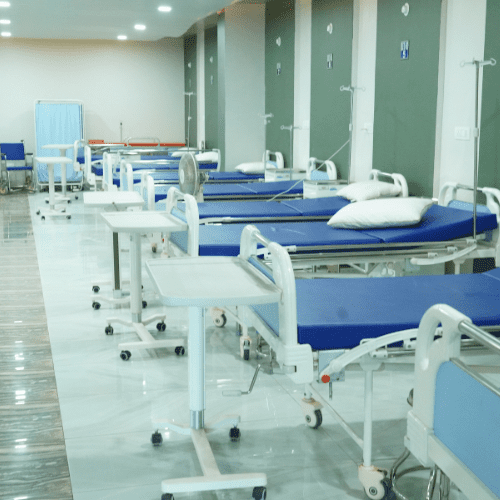Healthcare equity is a pressing concern in India, where disparities in access, quality, and outcomes often reflect the broader socio-economic divides within the country. Zocto, a pioneering organization focused on data analytics and healthcare reporting, has developed a robust methodology for addressing these inequities. By leveraging advanced technologies and comprehensive data analysis, Zocto aims to illuminate the gaps in healthcare access and outcomes among different population segments. This article delves into Zocto’s approach to reporting healthcare equity and highlights key insights into the prevailing healthcare disparities across India.
Understanding Zocto’s Methodology for Healthcare Equity Reporting
Zocto employs a multifaceted methodology that integrates quantitative and qualitative data to provide a comprehensive view of healthcare equity in India. By utilizing a combination of demographic data, health outcome metrics, and access-to-care statistics, Zocto is able to create a nuanced portrait of healthcare disparities. This data is sourced from various governmental and non-governmental organizations, ensuring a well-rounded understanding of the healthcare landscape across diverse regions and populations.
Furthermore, Zocto places a strong emphasis on community engagement as part of its methodology. By conducting surveys and interviews within marginalized communities, they gather first-hand accounts that enrich their data analysis. This qualitative aspect not only complements the quantitative data but also provides valuable insights into the lived experiences of individuals facing healthcare inequities. Such a dual approach allows Zocto to offer a more holistic view of the challenges present in India’s healthcare system.
In addition to data collection, Zocto employs advanced analytics tools to interpret the gathered information effectively. Machine learning algorithms and predictive analytics are used to identify patterns and trends that may not be immediately apparent. This rigorous analytical framework enables the organization to produce actionable insights that can inform policy decisions, healthcare interventions, and resource allocation aimed at mitigating disparities. As a result, Zocto’s reports are not merely descriptive but are designed to drive change in the healthcare system.
Key Insights into Healthcare Disparities Across India
One of the most striking insights from Zocto’s reporting is the stark regional variations in healthcare access and outcomes. States with higher economic development, such as Maharashtra and Gujarat, often exhibit better health metrics compared to less developed states like Uttar Pradesh and Bihar. This disparity is not merely economic; it is deeply interwoven with factors such as education, infrastructure, and social determinants of health. The data reveals that individuals in rural areas, or those belonging to lower socio-economic strata, face significant barriers to accessing quality healthcare services.
Zocto’s findings also highlight the impact of caste and gender on healthcare equity. Women and marginalized communities frequently encounter systemic biases that hinder their access to essential health services, leading to poorer health outcomes. For instance, maternal and child health indicators reveal a worrying trend where women from disadvantaged backgrounds are less likely to receive adequate prenatal and postnatal care. This insight underscores the need for tailored interventions that address these specific inequities, ensuring that all demographics receive equitable healthcare.
Moreover, the reports shed light on the digital divide that exacerbates healthcare inequities in India. As telemedicine and health apps become increasingly integral to healthcare delivery, those without access to digital technology face an additional barrier. This gap is particularly pronounced in rural regions, where internet connectivity remains limited. Zocto’s analysis calls for a multi-pronged approach to bridge this digital divide, emphasizing the importance of not only improving technology access but also ensuring that healthcare providers are trained to utilize these digital tools effectively.
Zocto’s approach to healthcare equity reporting in India stands as a testament to the power of data in addressing systemic disparities. By employing a comprehensive methodology that combines qualitative insights with quantitative analysis, Zocto is paving the way for a more equitable healthcare landscape. The key insights derived from their reporting not only shed light on the pressing issues of access and outcomes but also highlight the intertwined nature of health with socio-economic and cultural factors. As India continues to grapple with healthcare inequities, the work of organizations like Zocto will be crucial in guiding policy and practice towards a more inclusive health system.




